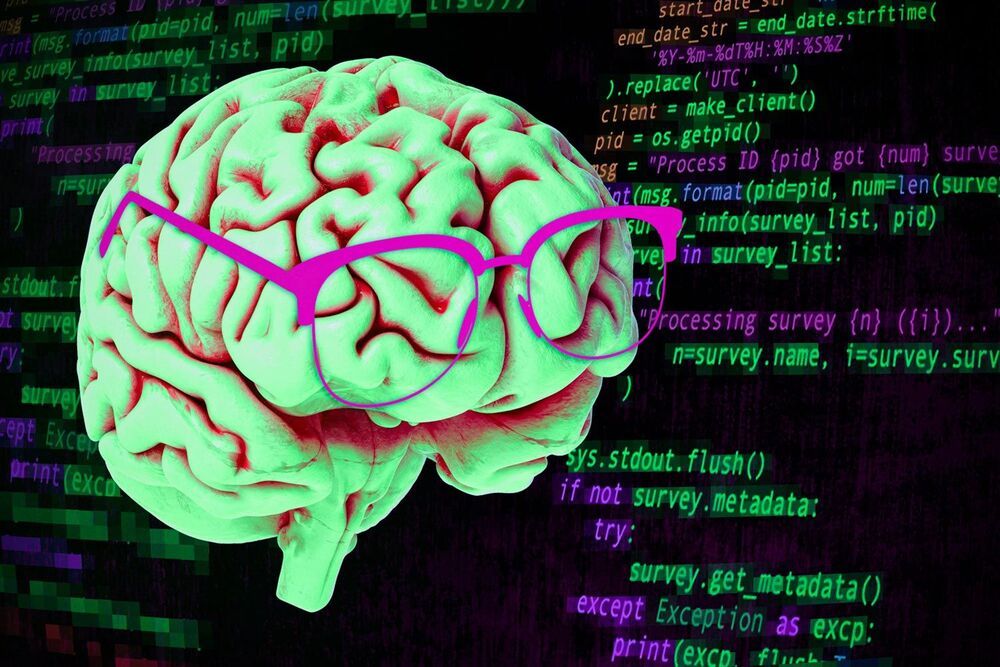There was nothing technical or physical stopping us from having moved on from Apollo to a permanent Moonbase, the development of industries in space and the establishment of the first human communities on Mars.
While in his time the reason “Why?” was derived from war, this time it can be born of hope.
And while in his time he could only comprehend the first small steps, we have the ability to understand what a giant leap this endeavor can offer us and our children.
It really is up to us. We cannot wait for the next Kennedy to set us on our path to the stars.






